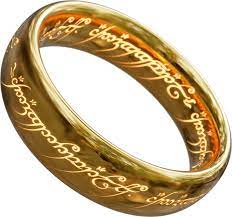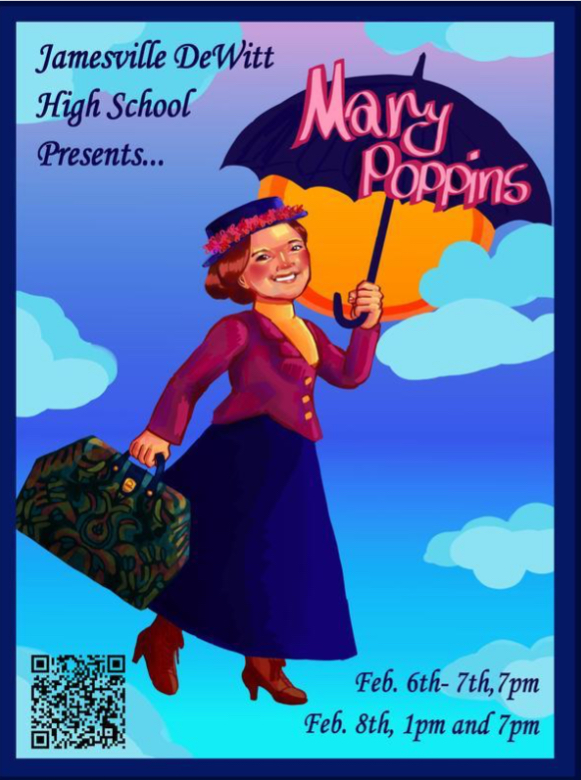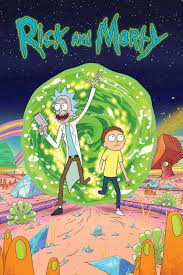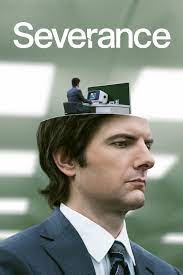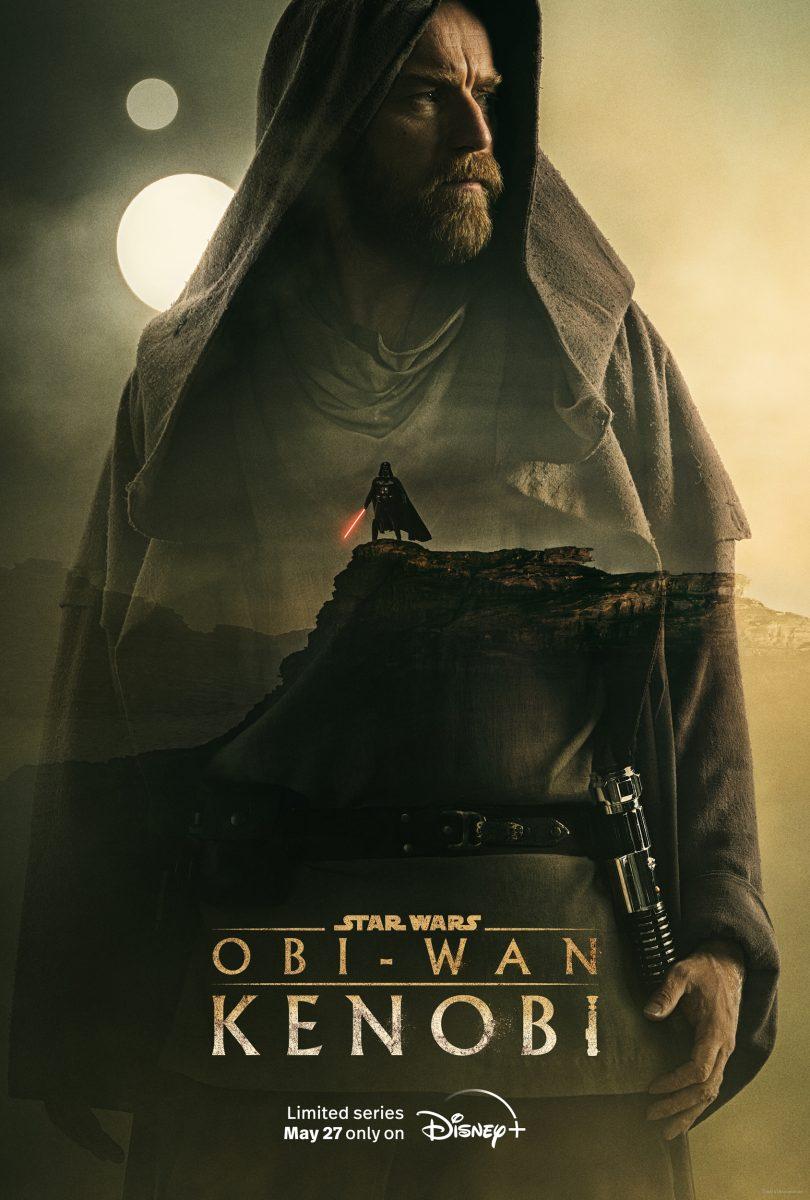After years of anticipation, “The Lord of the Rings: The Rings of Power” has finally arrived, and the results are mixed. While the series has beautiful visuals and excellent CGI, it loses some of the magic of the original films with dull characters and repetitive plotlines.
The show, set hundreds of years before the events of “The Hobbit,” has many continuous plotlines. These include, the rise of Sauron, Middle-Earth’s evil conqueror, as well as several other plotlines depicting characters both old and new dealing with the return of evil to their realm.
Where “Rings of Power” really impresses though is its visuals. Full of astounding landscape shots and beautiful locales (both natural and urban), it’s consistently jaw-dropping. Many of these areas rely heavily on CGI, and the show absolutely delivers on this front. The Elven skyscrapers, Dwarven mine shafts, and everything in between look gorgeous thanks to this excellent animation.
Another strong suit of the show is its costumes. The elf Arondir (Ismael Cruz Cordova) sports a chestplate with a picture of a tree etched into the wood. Galadriel’s (Morfyyd Clark) armor is dazzling, with shiny plating and a regal design. Elrond (Robert Aramayo) wears flowing, silky fabrics. They perfectly capture the characters’ personalities and blend well with the rest of the series’ enticing visuals. Overall, the “Rings of Power” visuals are arguably even more striking than those in the “Lord of the Rings” movies.
Speaking of the original trilogy, though, you can’t help but be a little disappointed when comparing the two. Where “Lord of the Rings” thrived on its massive and gritty battle sequences, “Rings of Power” is surprisingly barren of any kinds of action, putting a more heavy load on the dialogue and characters. In addition, the series juggles many more plotlines than the films, and the disconnect between these stories is frustrating. “Lord of the Rings” expertly put it all together at the end, but it seems as though the “Rings of Power” creators will be working on connecting the individual characters’ plotlines for many seasons to come. It’s hard not to make one more big comparison: where “Lord of the Rings” had likable and complex characters like Aragorn, Frodo, and Boromir, the television show’s protagonists falter.
The series puts plenty of emphasis on Elven characters, but all of their personalities blend together, leading to a cast of characters who are almost all icy, overconfident, and have next to no apparent flaws. The only entertaining elf is Arondir, a solemn warrior whose forbidden love for a human puts him at odds with his species. On the topic of humans, they are all quite meh, lacking variety and uniqueness. The only highlights of humanity are Elendil and Isildur, who, despite not being the most entertaining, end up playing a massive role in the future of Middle-Earth. The undeniable star of the show is Joseph Mawle’s character, Adar, a mysterious elf-like being leading an army of orcs to conquer the Southlands. He’s one of the few characters who’s not a cliché, and Mawle does a great job of capturing the enigma behind his character. Unfortunately, Adar was recast for season two. So much for that.
Arguably the show’s worst flaw is simply being dull. The storylines are all predictable and overused, and the writers spend too much time showing us “emotional” scenes between characters that fall flat. It tries to spice things up with many plotlines and characters, but so many of them are thinly disguised repeats of others. It’s fine to use the character archetype of “a young man being tempted by evil” or “running from his shadowy past” once, but “Rings of Power” employs it not once, not twice, but five times.
The overabundance of stories isn’t all bad, though. One area where the show excels is in its worldbuilding. Much of the show is centered on showing us the state of Middle-Earth, and having so many plotlines spanning the entire continent gives us a great picture of the world our characters inhabit. Arguably the greatest feat is the portrayal of Numenor: an island of advanced humans disconnected from the rest of the world. Their society has collapsed by the time of “Lord of the Rings,” and this is our first glimpse of what it was like in their golden age. The creators don’t waste this first impression, presenting us with a complex, developed nation with a unique culture unlike other societies we’ve seen throughout Middle-Earth.
“Rings of Power” could’ve been better. Interesting characters, a little more action, and subverting classic tropes would have made the show a worthy successor of the masterful “Lord of the Rings” films. Unfortunately, “Rings of Power” did not do any of those things. Despite that, it’s by no means a bad show, with incredible visuals and costuming, clever worldbuilding, and a solid grasp on the lore of the world. While it’s not exactly the one show to rule them all, it’s an ambitious series with massive potential.





























